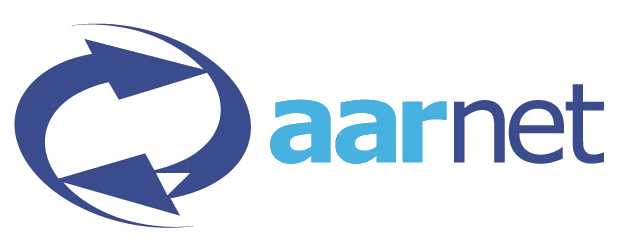Building brains
| Project: | The Virtual Brain | ||||
The Virtual Brain (TVB) is an open-source scientific software written in
Python for advanced simulations of complex brain dynamics. TVB can be used in
a client-server configuration, such that its web-based interface can be
accessed remotely, or as a standalone cross-platform Python library through a
scripting interface.
In this talk I will begin by briefly explaining the motivations and science
behind TVB. This will be followed by a description of TVB's architecture and
main functionalities, including: simulation of neural activity; modification
and visualization of brain connectivity and network dynamics; and, analysis
of time-series. Lastly, I will show you that getting started with brain
simulations is just one Jupyter notebook away.
With TVB you might not be able to build smart brains (yet), but you can build
one of the most realistic approximations to the physics of a human brain.
Paula Sanz-Leon
Paula Sanz-Leon is a postdoctoral research associate (a. k. a. "postdoc"). Born and bred in Argentina, after getting her degree in biomedical engineering she traveled to France where she obtained a M. Sc. in Computational Biology and later on a Ph.D. in Computational Neuroscience. Her specialty are realistic and large-scale simulations of the human brain. She hopes that the tools she develops will become a useful way to understand diseases such as epilepsy and to enable others to study more complex brain phenomena. Paula loves programming in Python and is a strong supporter of open-knowledge and open-source software to which she has contributed as a developer and mentor.
Sponsors
Platinum


Gold



